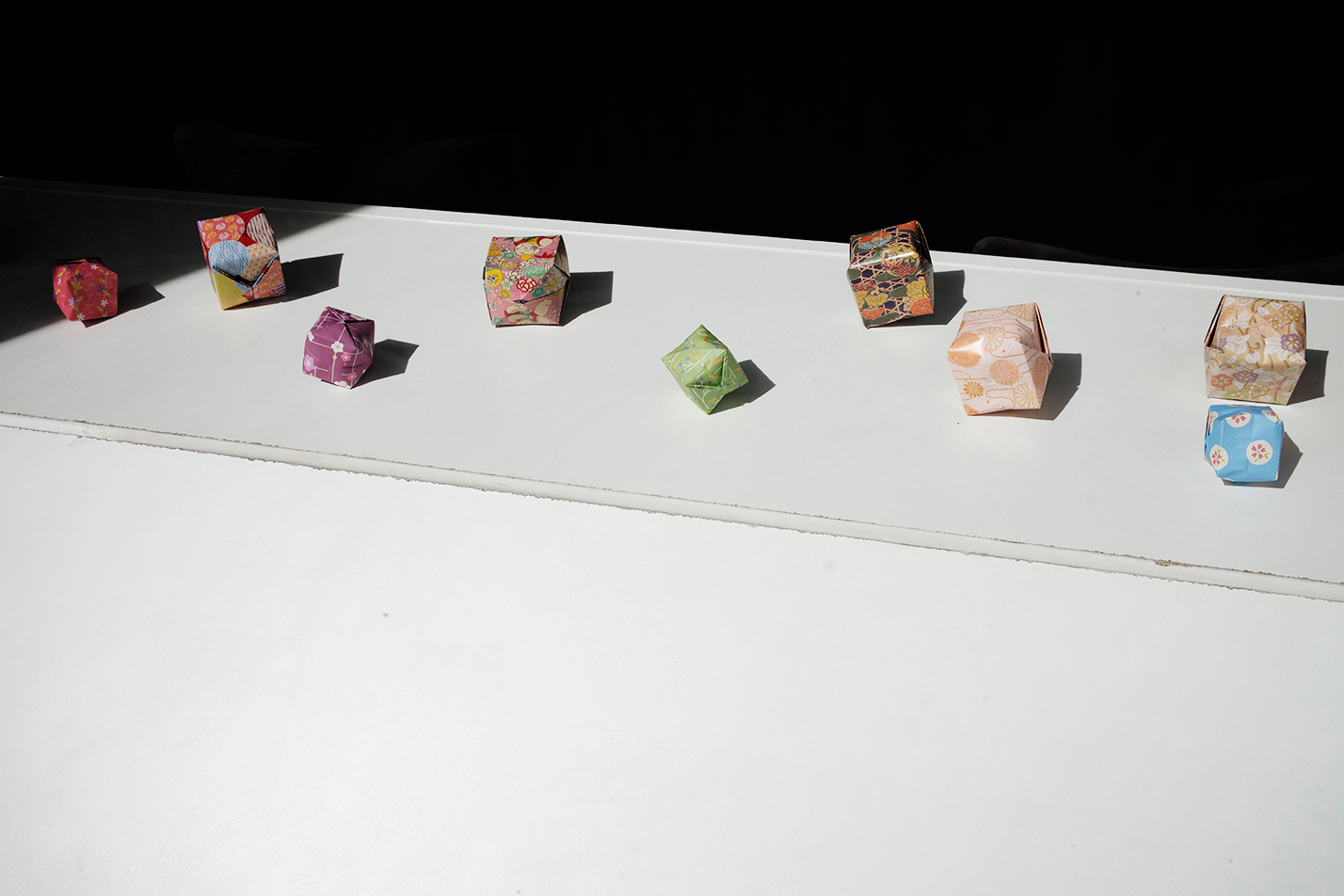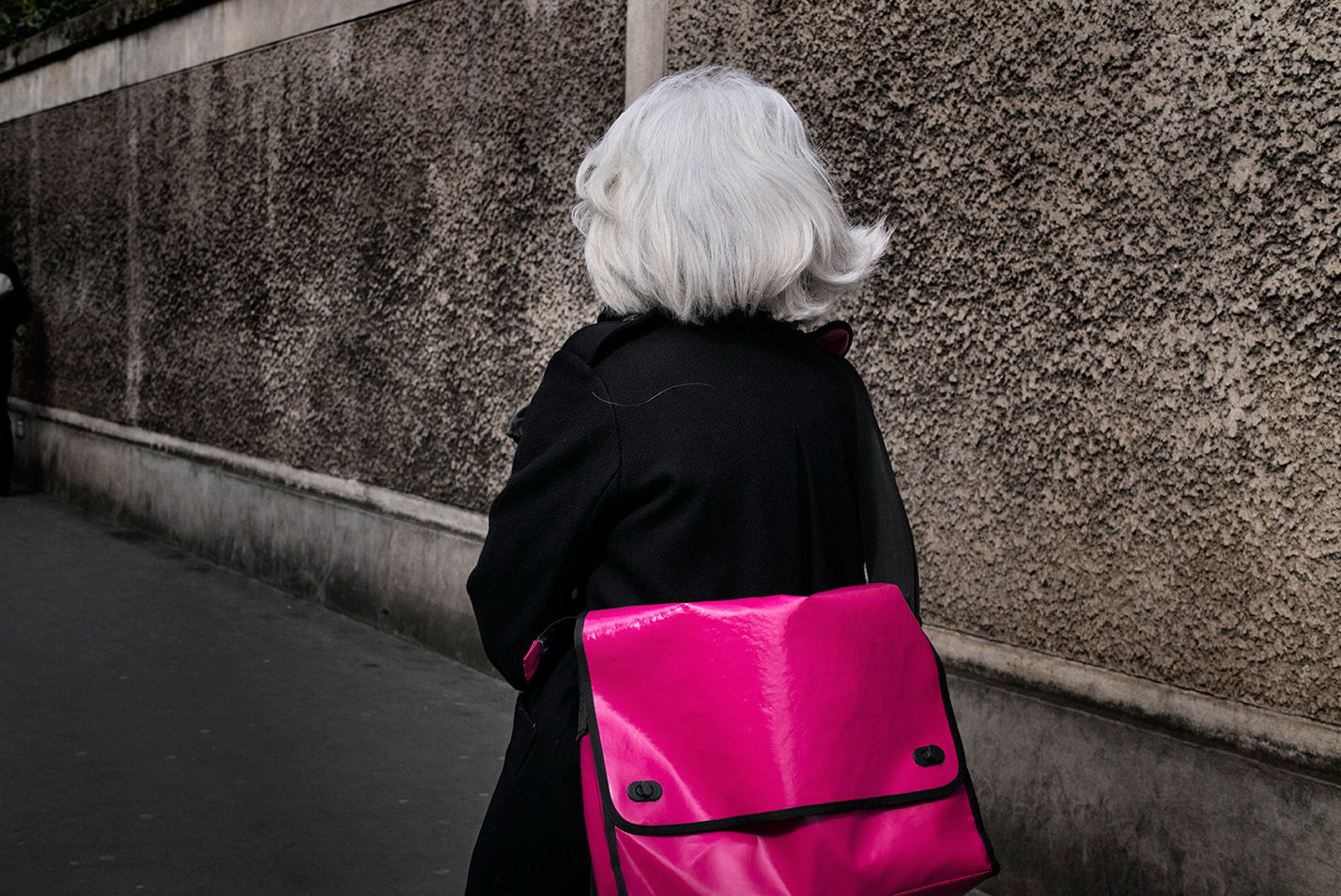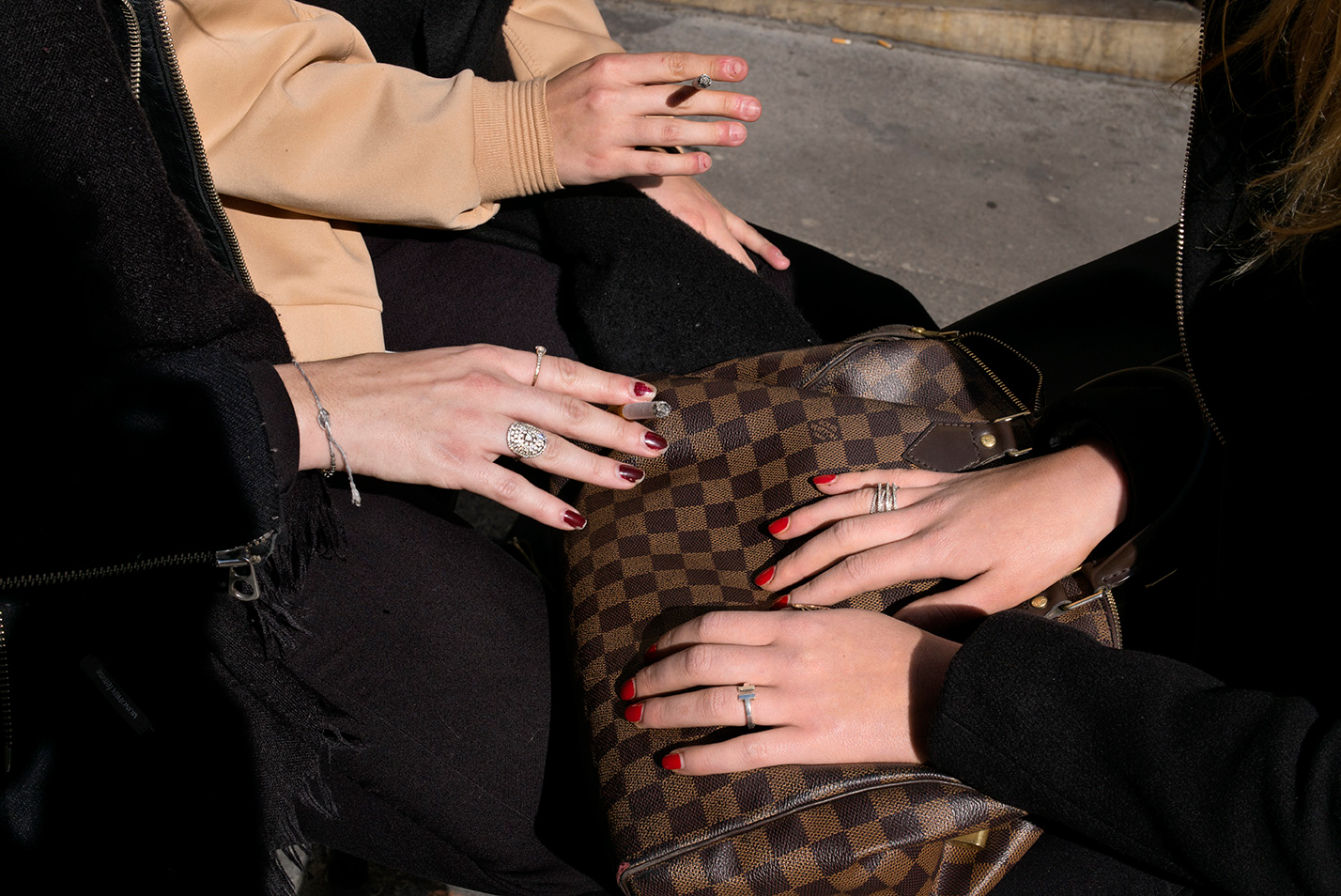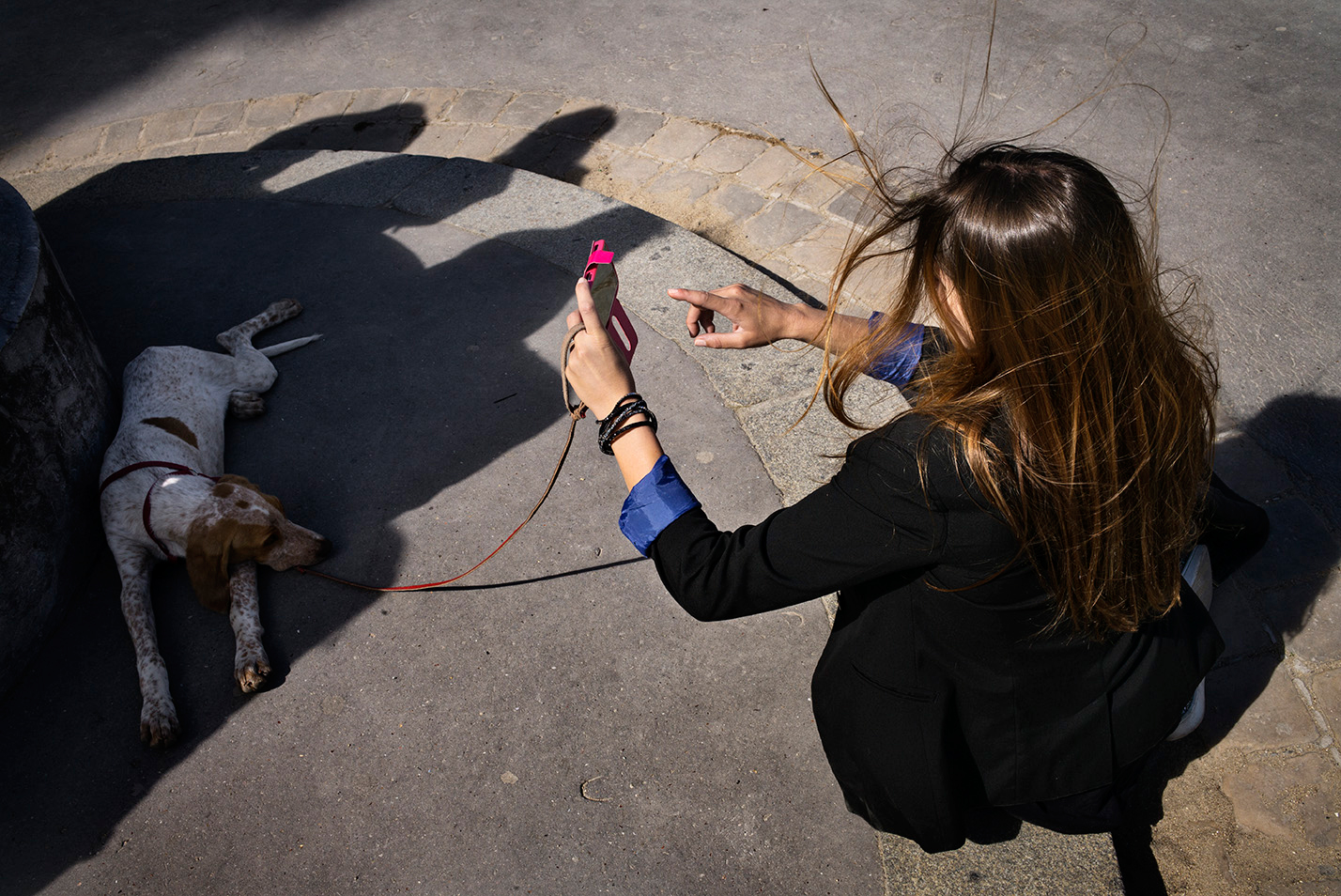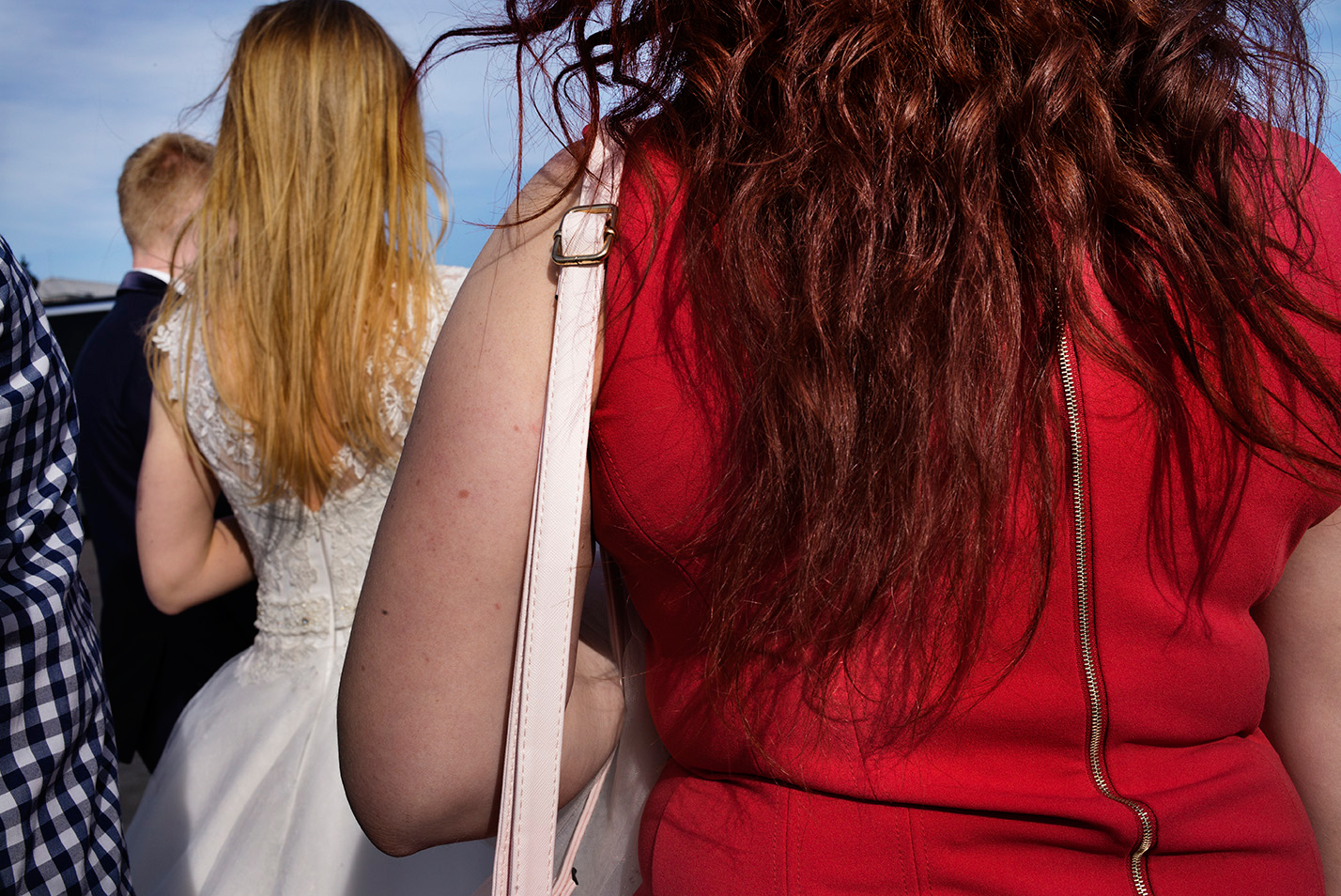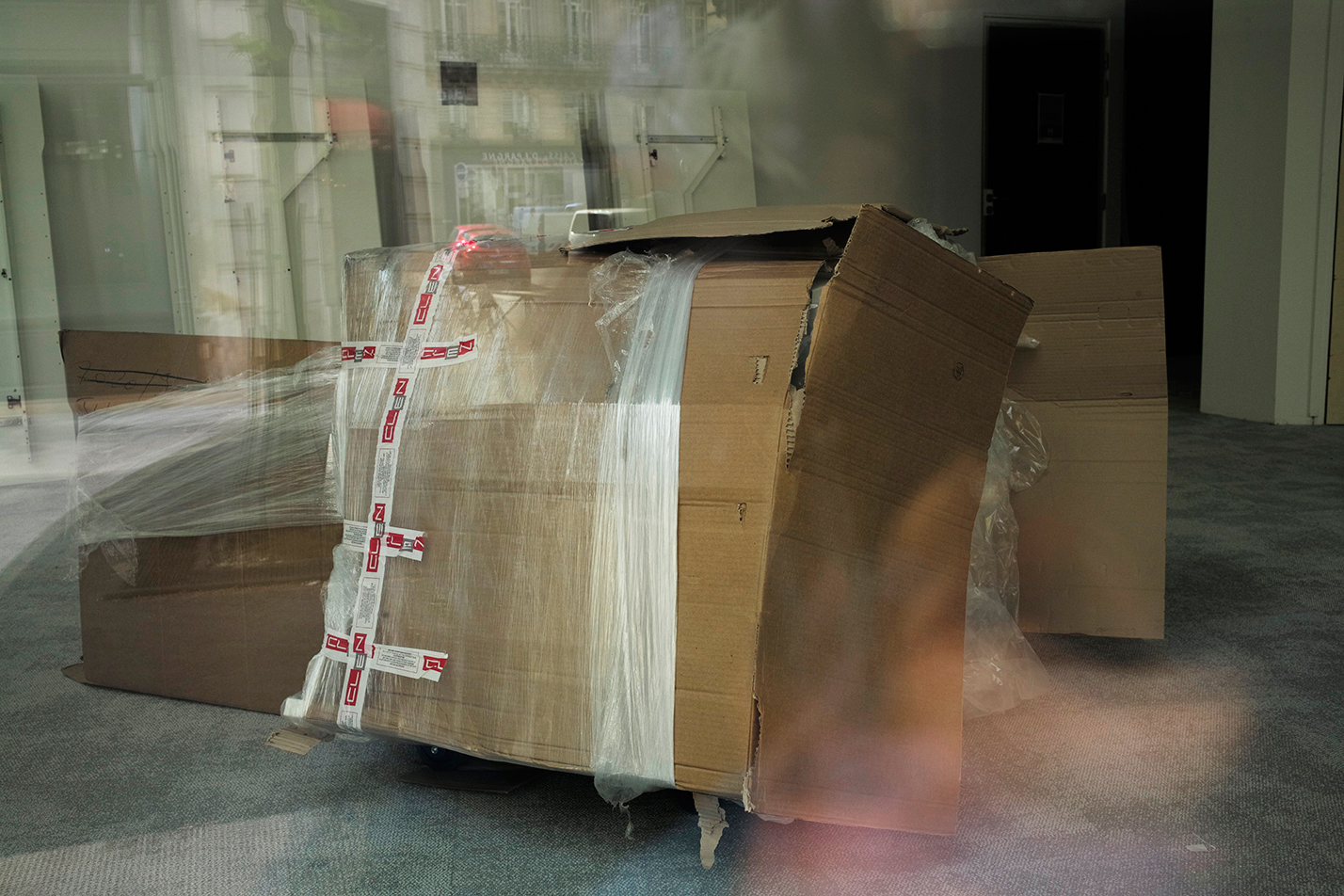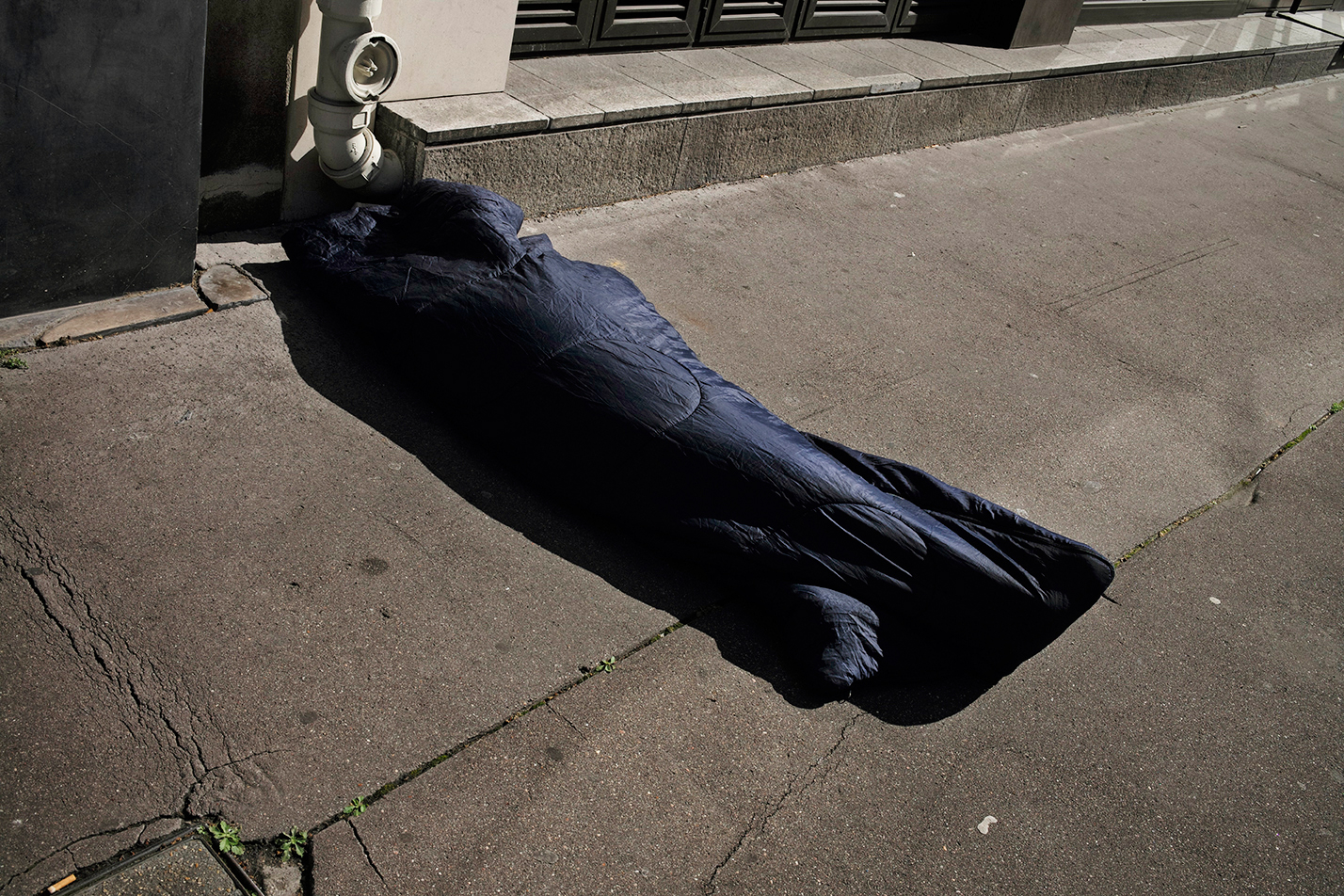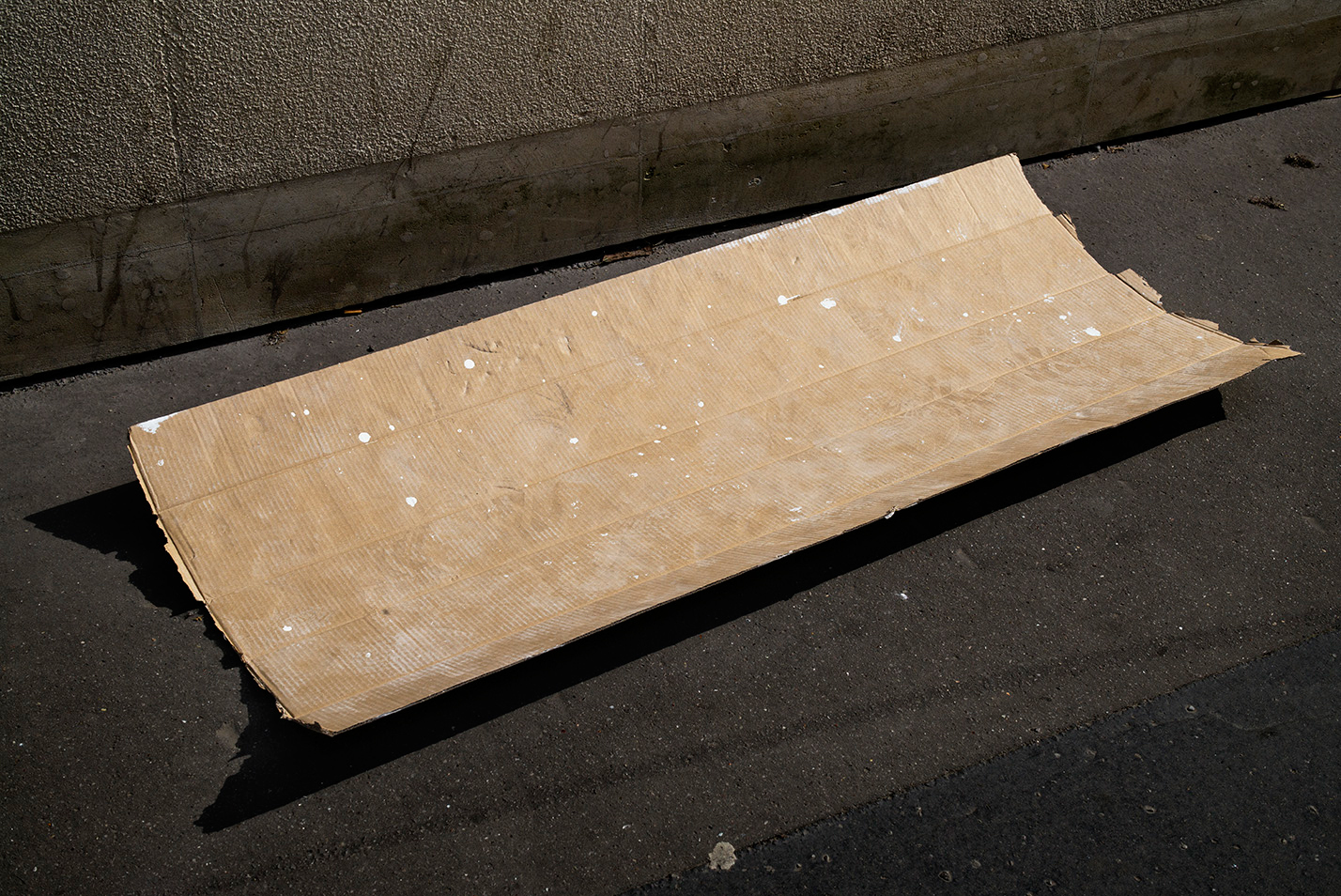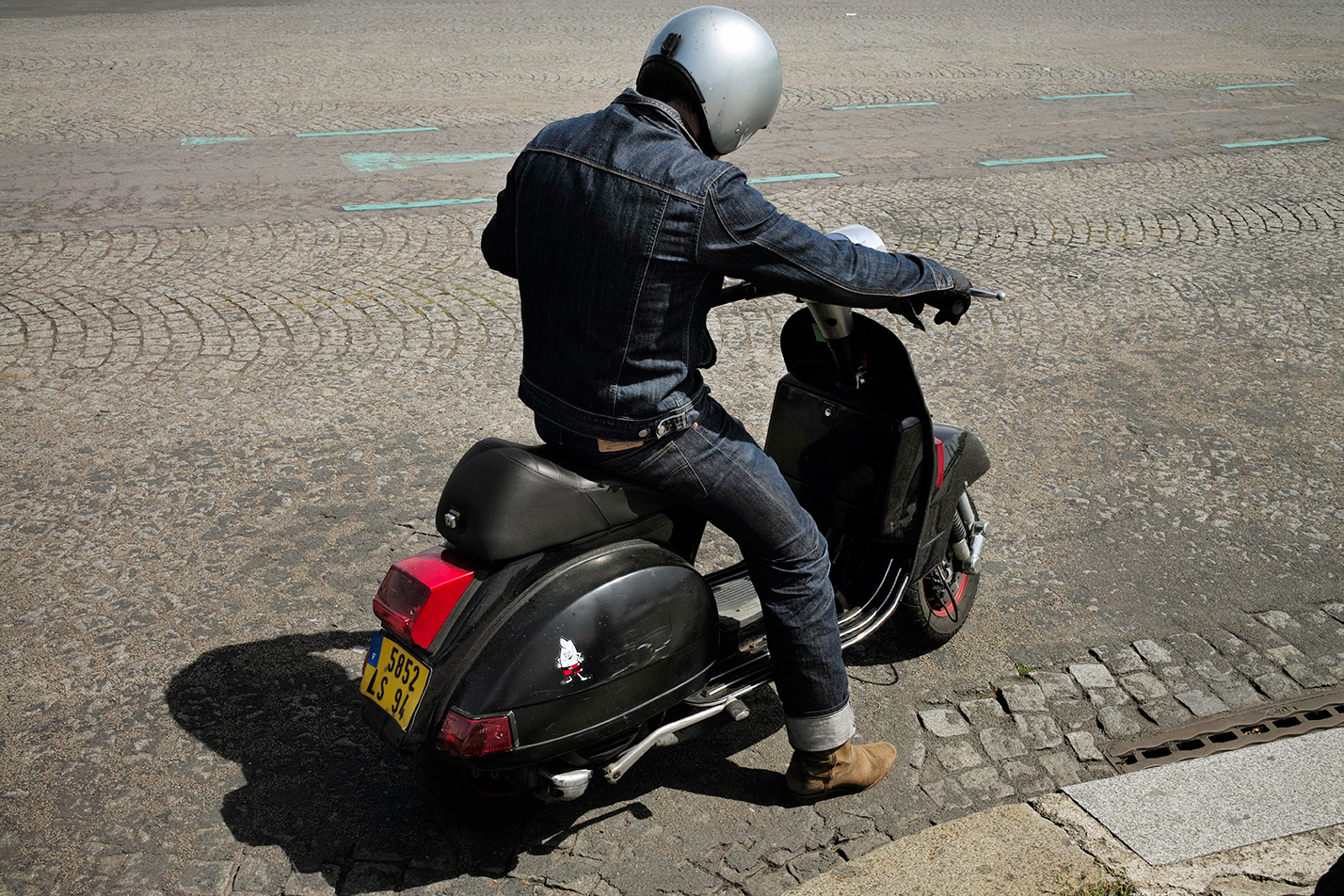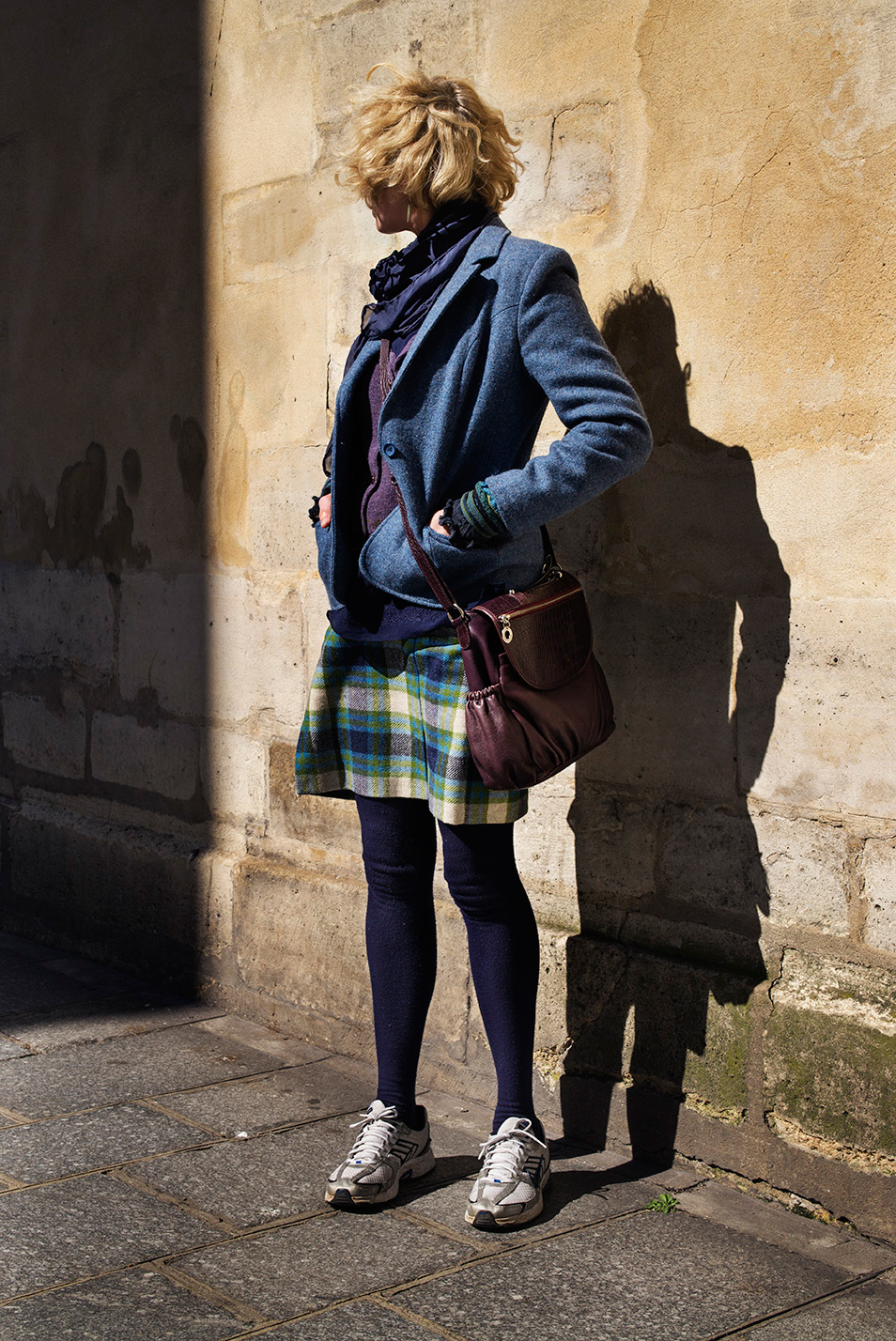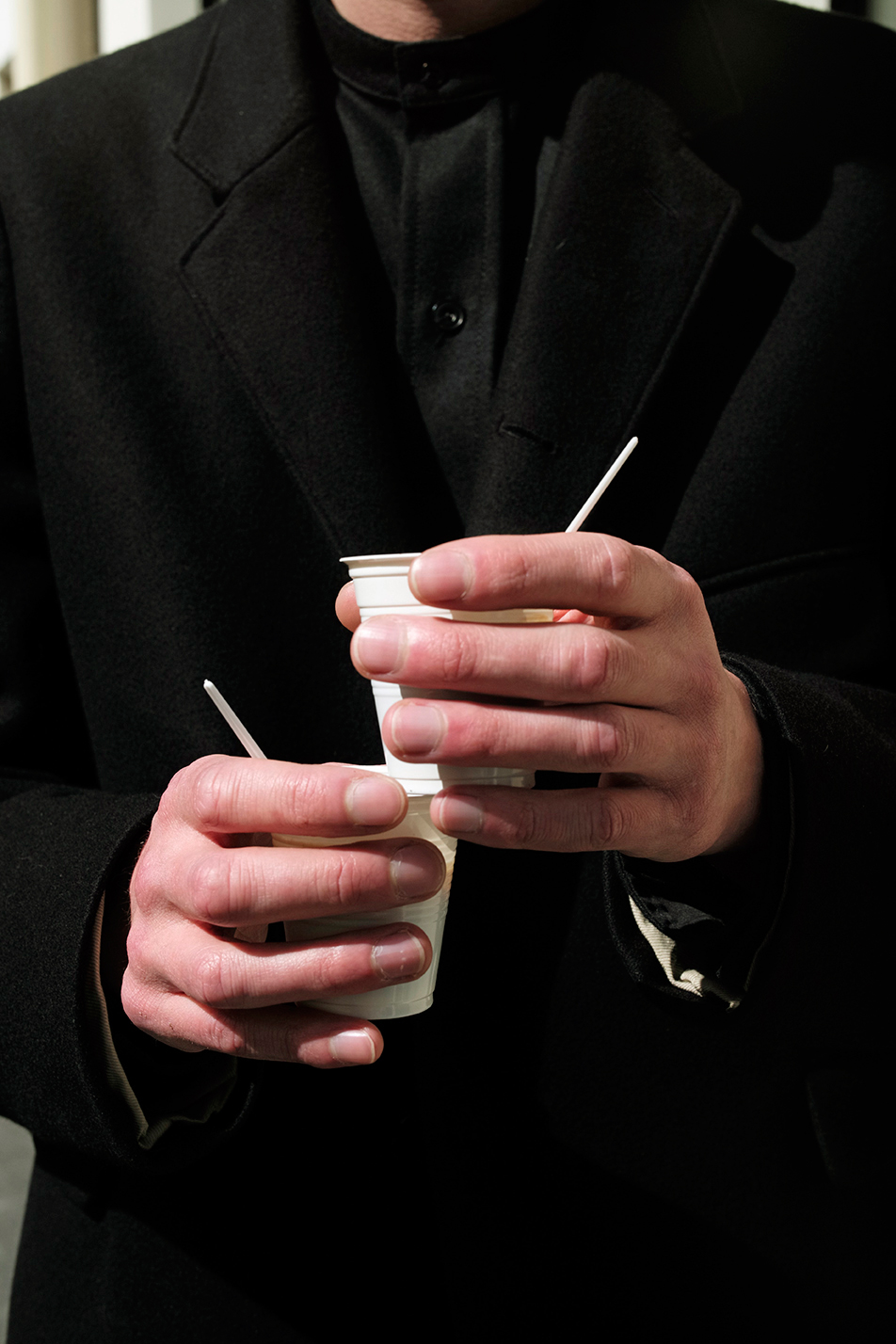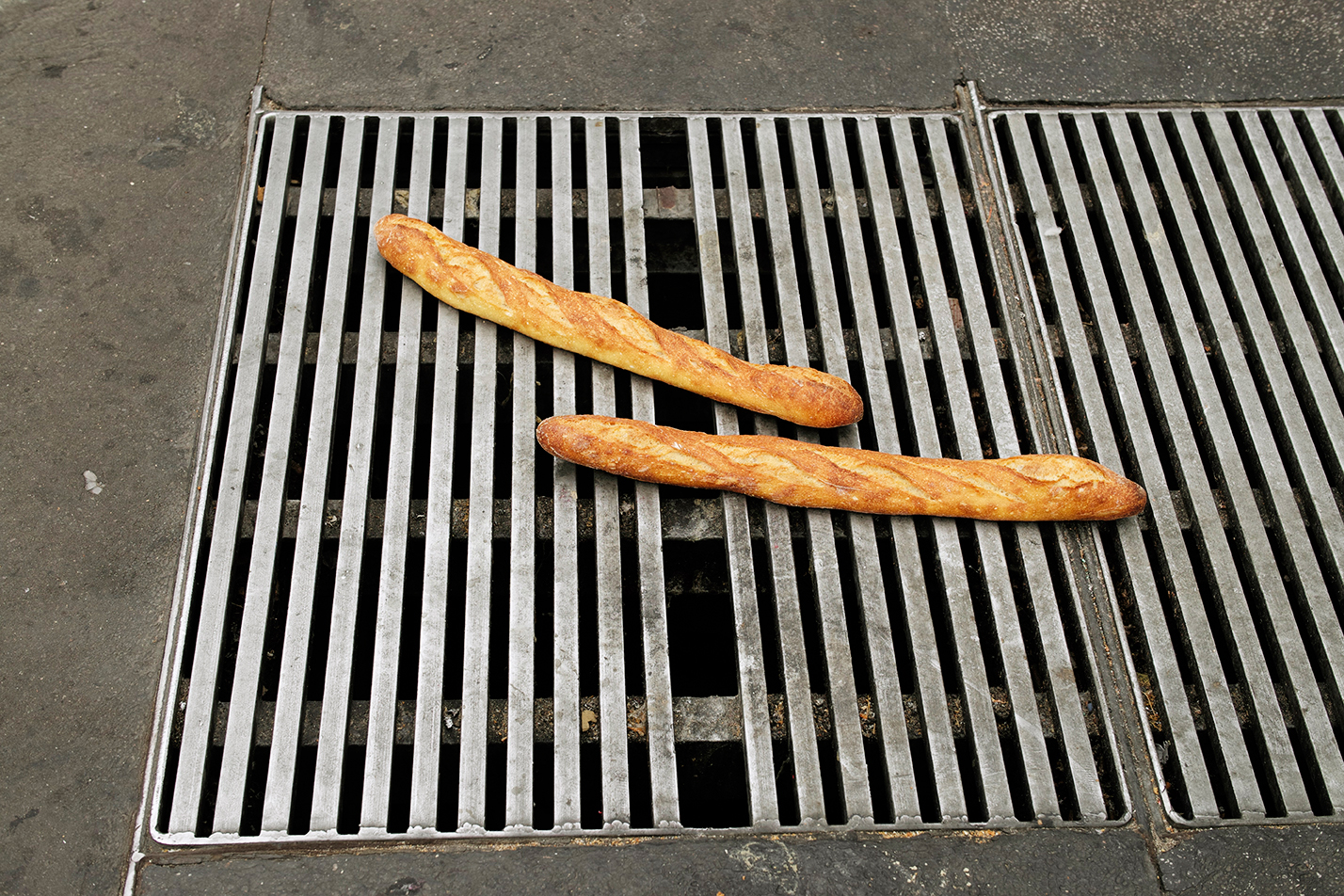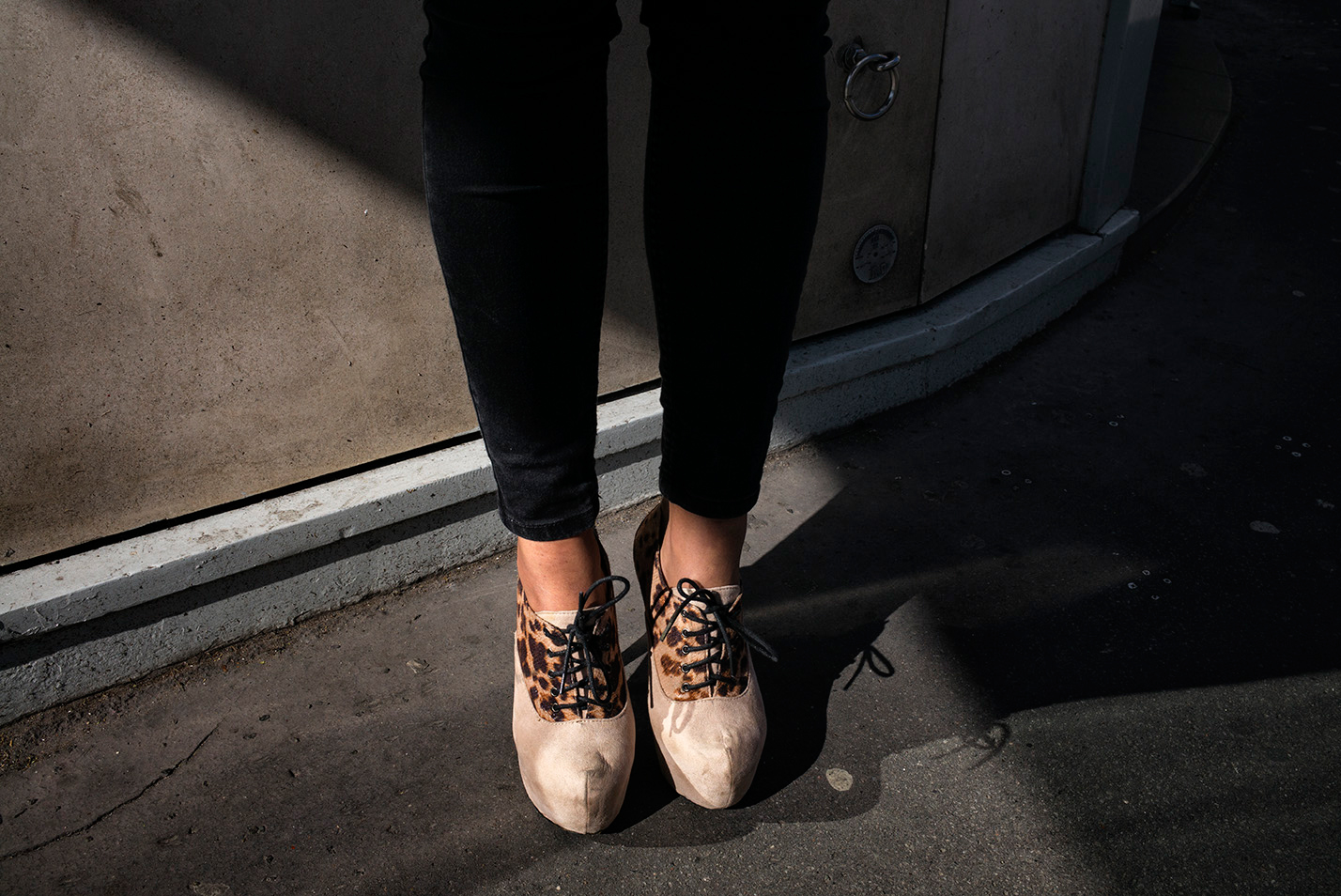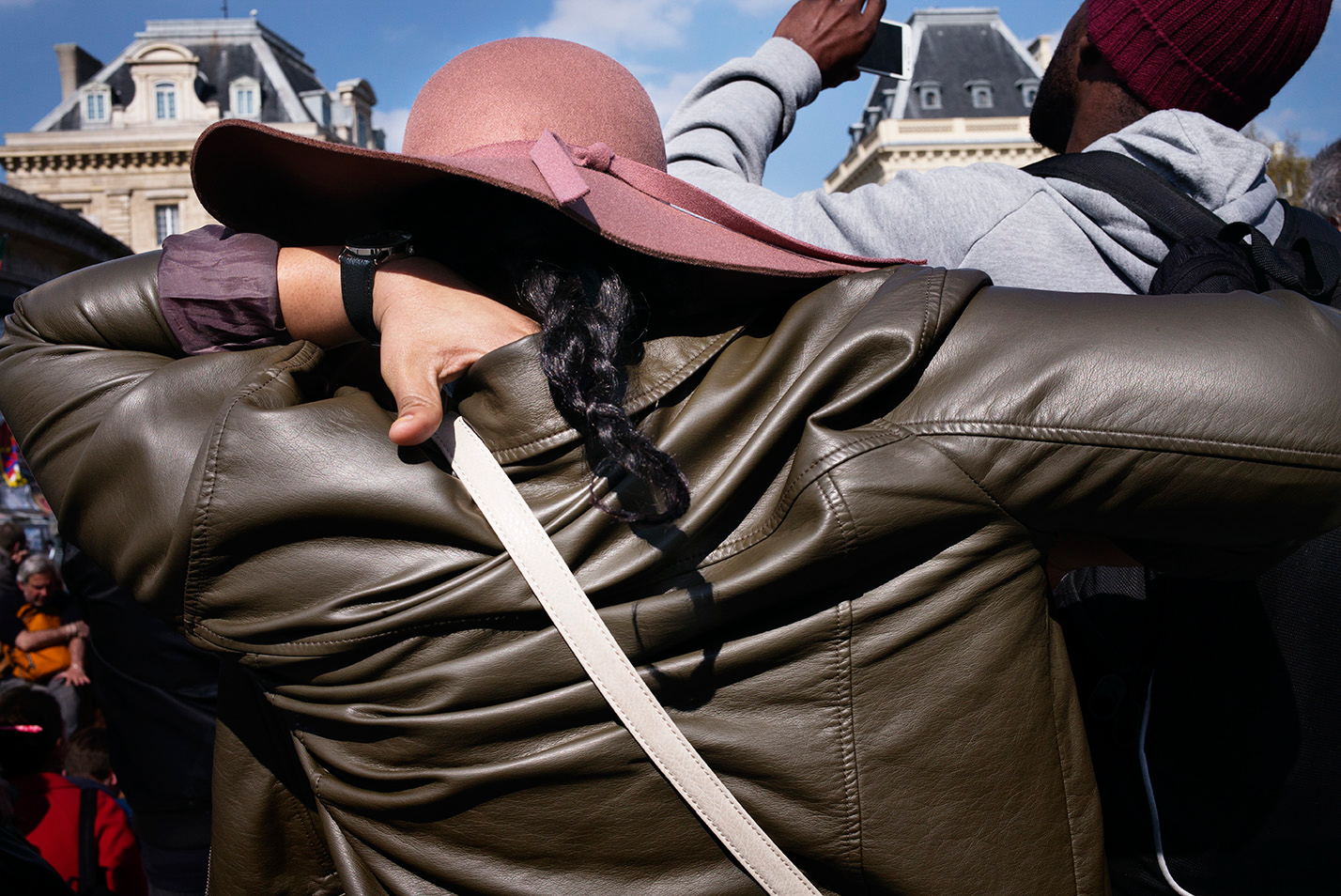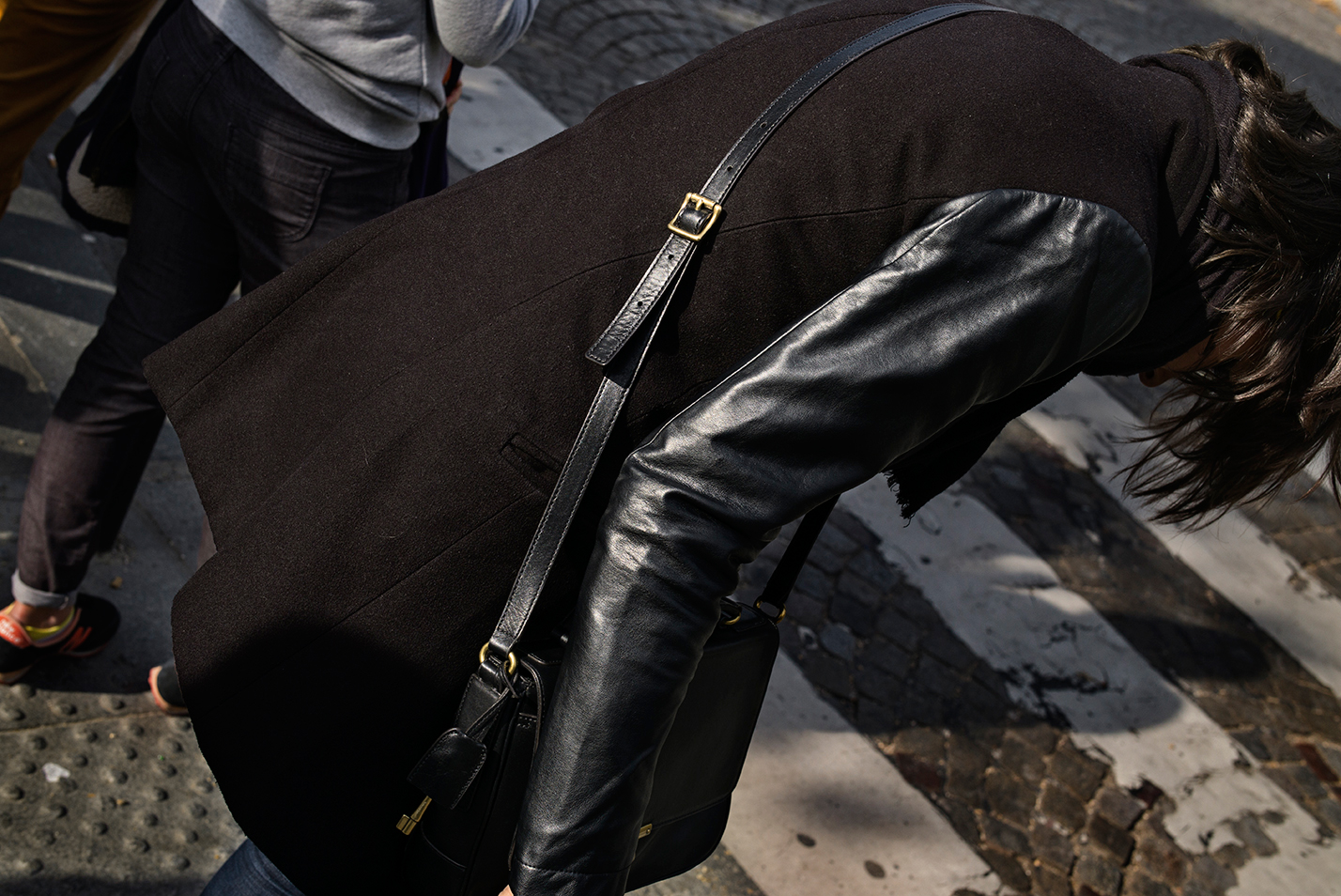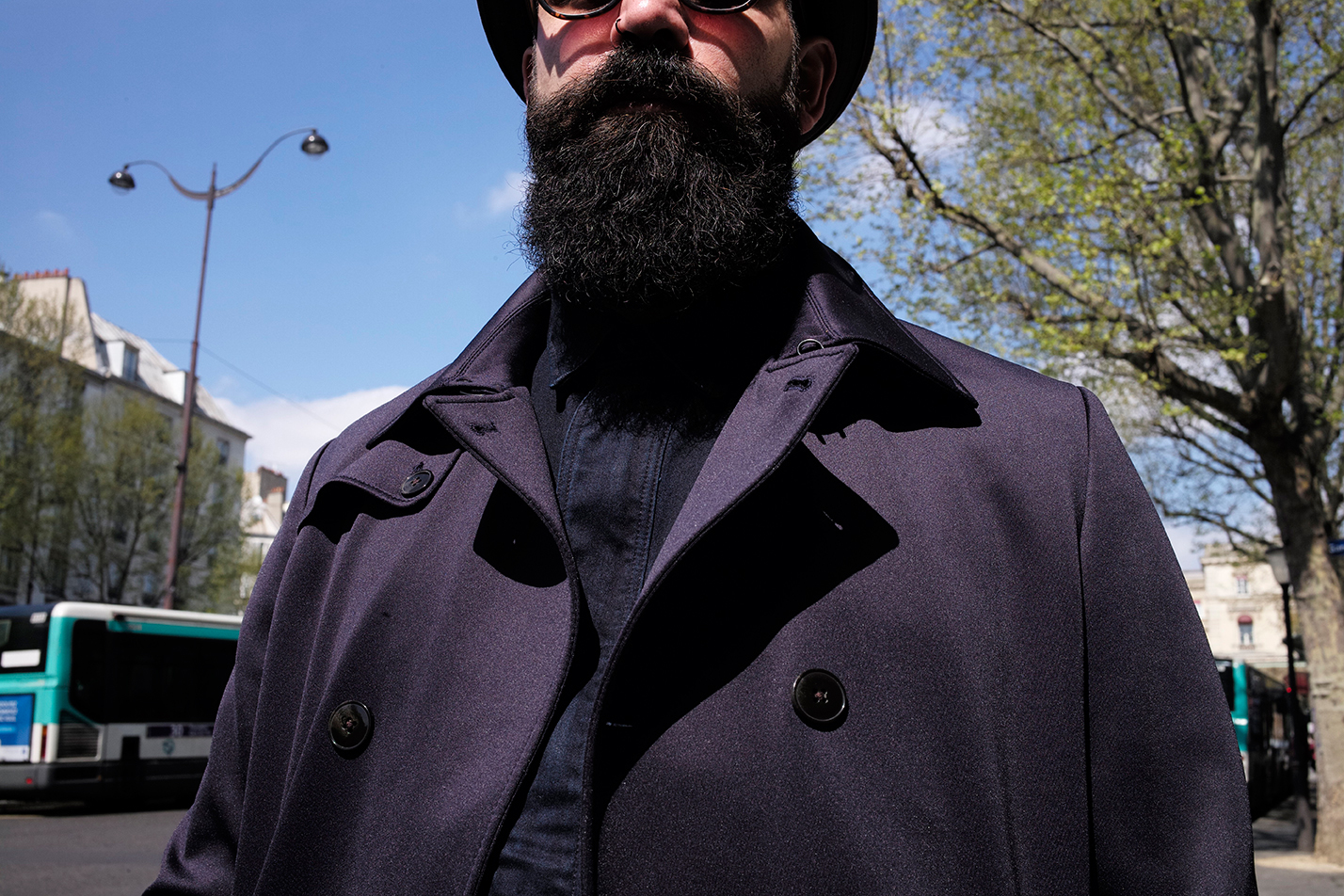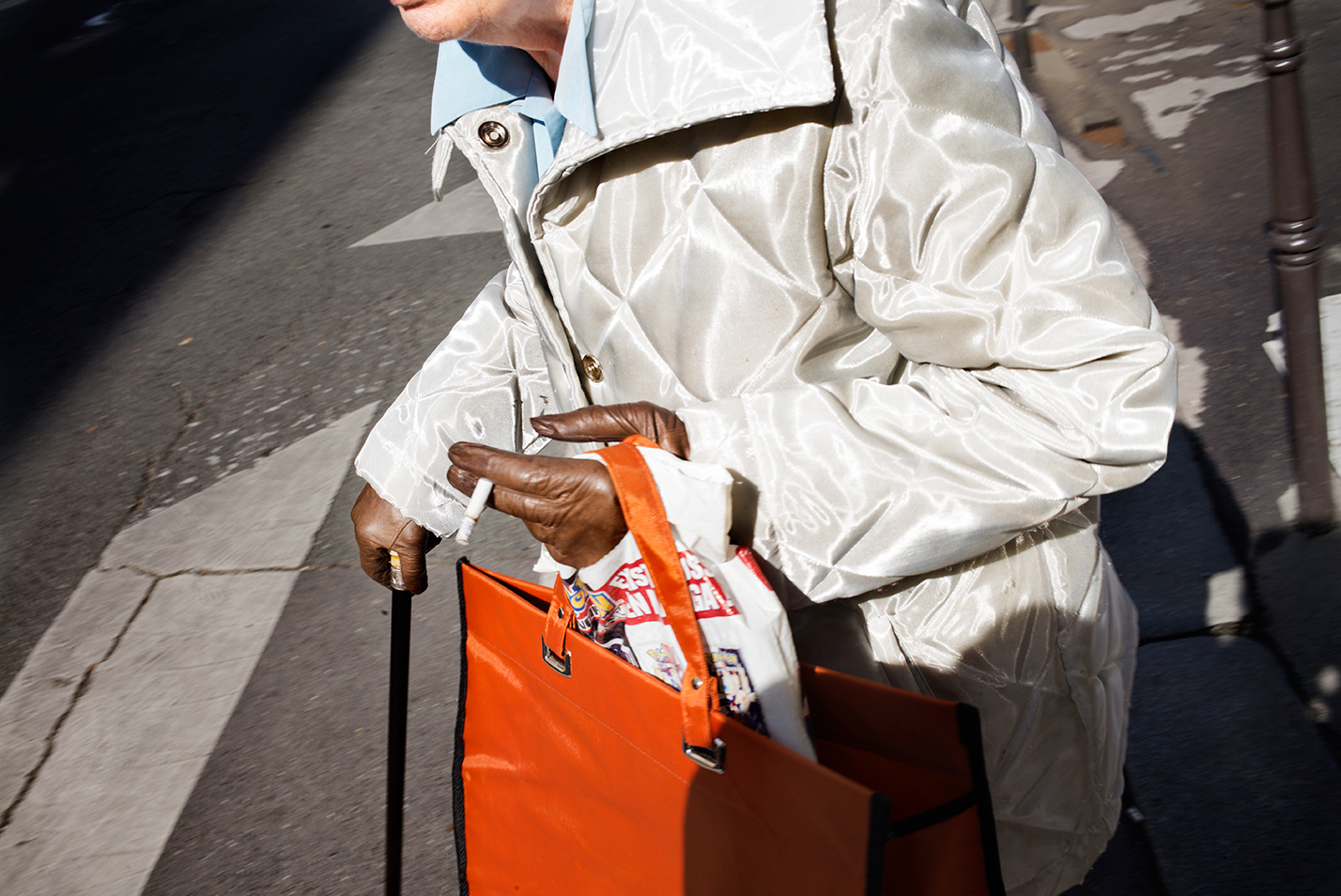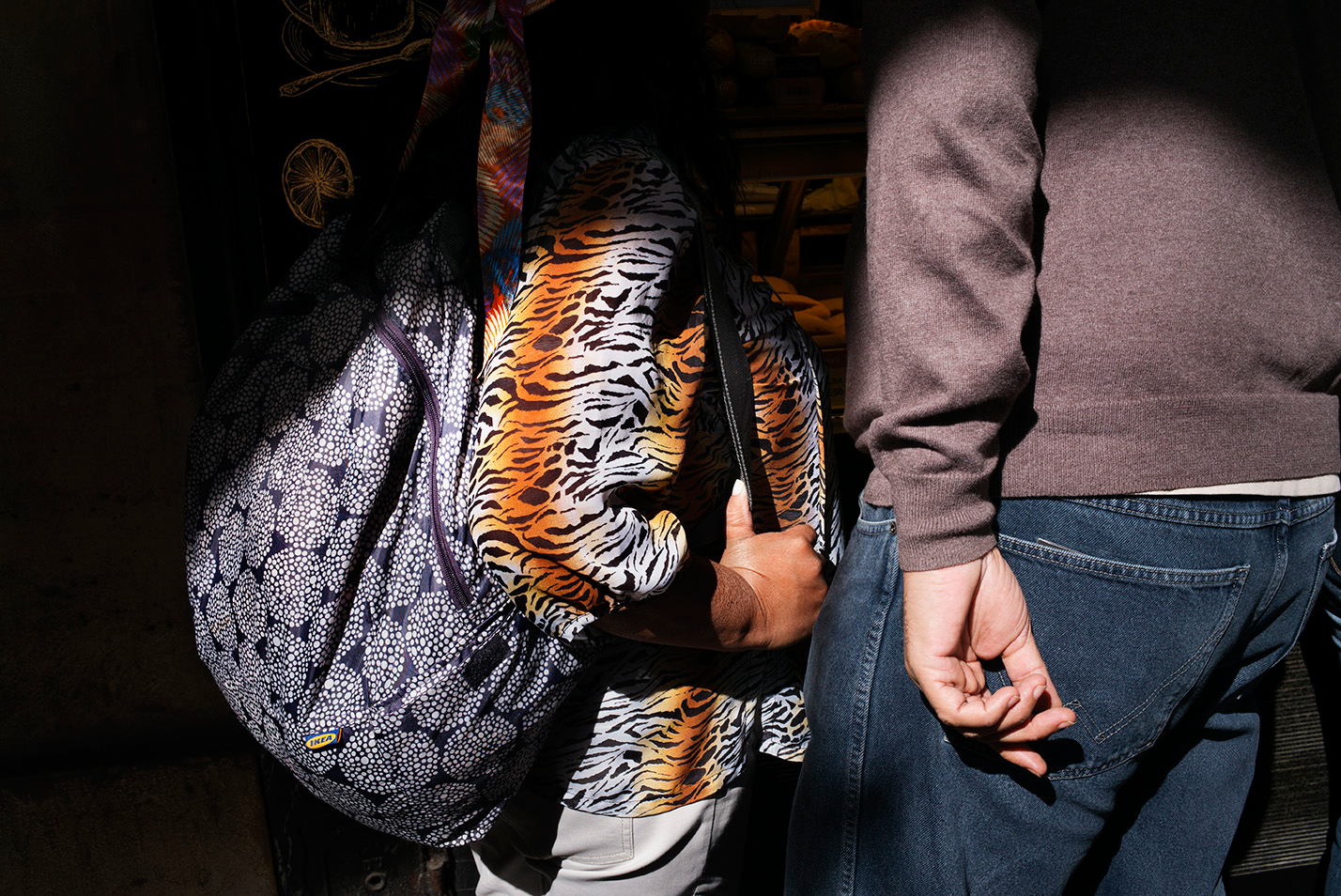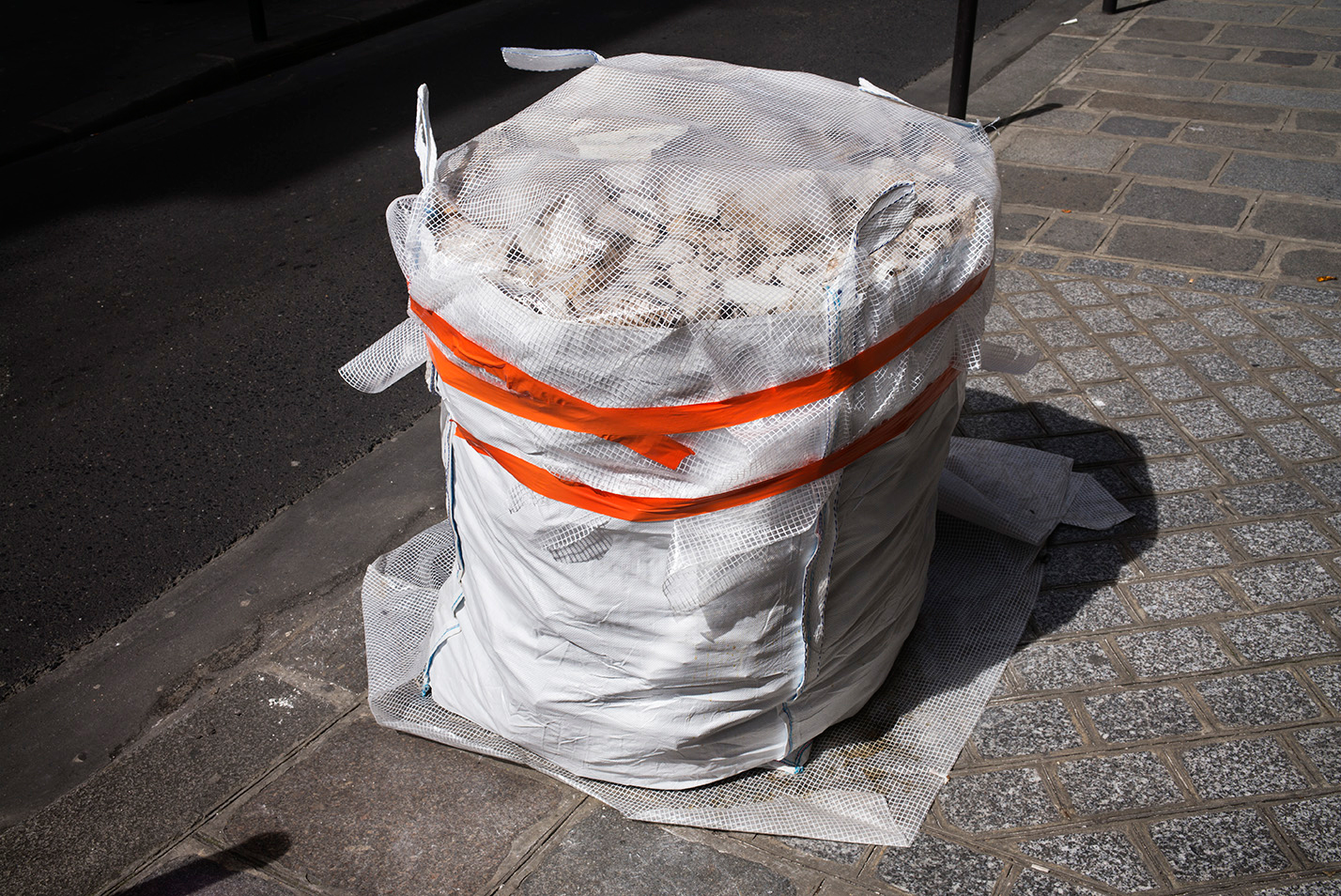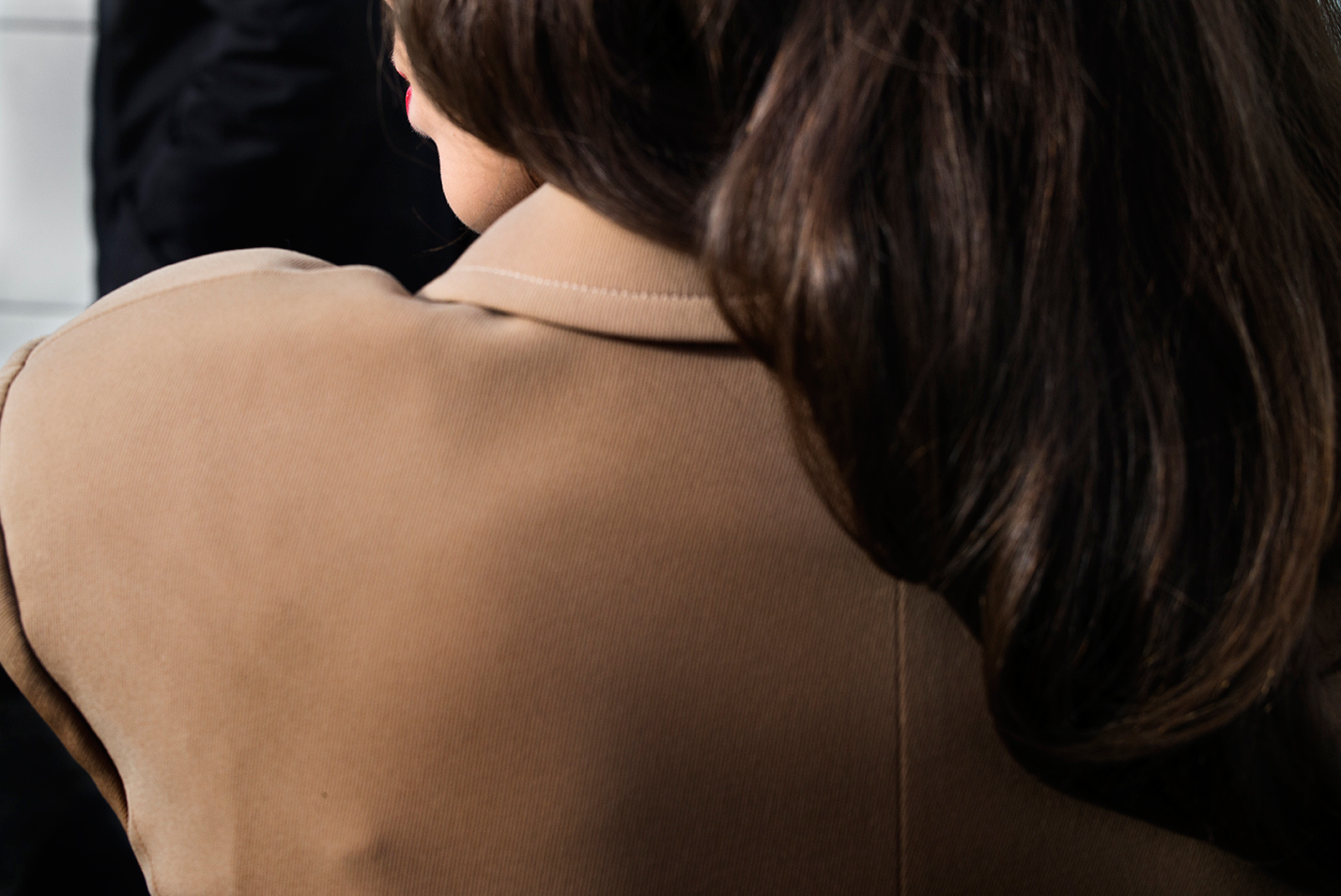Works
Assumptions
[...] They say that the eyes are the windows of the soul. They are, at least, what makes us think we are linked to someone, an experience common to painting and photography.
Rembrandt’s melancholy gaze as an aging painter seems to follow us as we walk the Rijksmuseum’s room. Dorothea Lange’s migrant mother, Diane Arbus ’s startled twins, stare back as we stare. This exchange replicates that of the artist and his model. It is, in John Berger’s words describing the experience of drawing, “as an arrow thrown back and forth” 1. We are hooked.
But Giovanni Del Brenna has chosen to turn the convention on its head and has wondered: What happens when the photographer shoots with his subjects being mostly unaware? How is it possible to portray a person from the back? What remains of their individuality if their face is excluded from sight? What can we read in their posture, the color and texture of their clothing, the cut and color of their hair (soft white or aggressive red), the fleeting gestures of their hands, the position of their feet? [...]
Other photographers have also explored what happens when there is no exchange between photographer and model: for instance Walker Evans, in his famous series Many Are Called, shot in the late 1930s in New York’s subway, offers a glimpse into the unguarded moments of Depression-era Americans. While working on the series, Evans chose to hide his camera and shot through his coat’s buttonhole. In the weary, haunted, tired, sad or aggressive gaze of his subjects resides the illusion of reciprocity. What Evan’s unwitting models have in common with Del Brenna’s images is that they are unaware of being photographed, and seem wrapped up in their own solitude.[...]
In his recent Paris series, shadows are as important as bodies, and everyday things, discarded, abandoned or waiting for a pickup, take on an important role: two baguettes left on a pavement grate; a bag of rubble belted with an orange plastic tie; a piece of cardboard speckled with white paint; a metal tie on a tree’s bark. These are portraits of things. They have the same compact presence as his images of people.
Are people objects? It seems, at least, that they are photographed in the same way: the homeless man asleep, wrapped into their sleeping back, the passers-by whose social class may be guessed from their clothing and accessories- Ikea plastic bags or Vuitton purse. Textures, colors, shadows take on a vivid life of their own. Plastic and leather, fur and vinyl, linen and nylon, hair, necks, bejeweled hands, young or wrinkled, nails polished or bitten raw, torsos thin or fat, feet encased in boots or high heels.
Are they getting away, are they hiding? Some sort of menace, of heaviness seems to weigh on them. Their silhouettes are compact, almost compressed. [...]
And maybe it is this very sense of wondering, this uncertainty, that feeling of mystery, of something that exceeds words, that best defines Del Brenna’s photography. His images are a question mark—they interrogate appearances, twist our usual perceptions, and leave us full of quizzical doubt and open questions.
Like drifting islands in a city of brick, glass and concrete, a Paris devoid of its traditional history and grace, his subjects walk away from us, clutching their loneliness like an oversized purse.
Carole Naggar
New York, September 2016
Carole Naggar has worked as a writer, poet and photography historian. Her books include biographies of George Rodger, Werner Bischof and David Seymour ‘Chim’, several volumes of poetry and the upcoming Magnum Photobook: The Catalogue Raisonné (co-author). She is the series editor for the Magnum Legacy Biography series.
Published on Leica M Magazine issue n.5 : http://m-magazine.photography/ceemes/en/Magazine/M-Magazine-No-5.html
Giovanni Del Brenna copyright 2014 - 2025 Ver: 1.0 Peja Design VAT: RF50947395500011 - Made with oZone




















